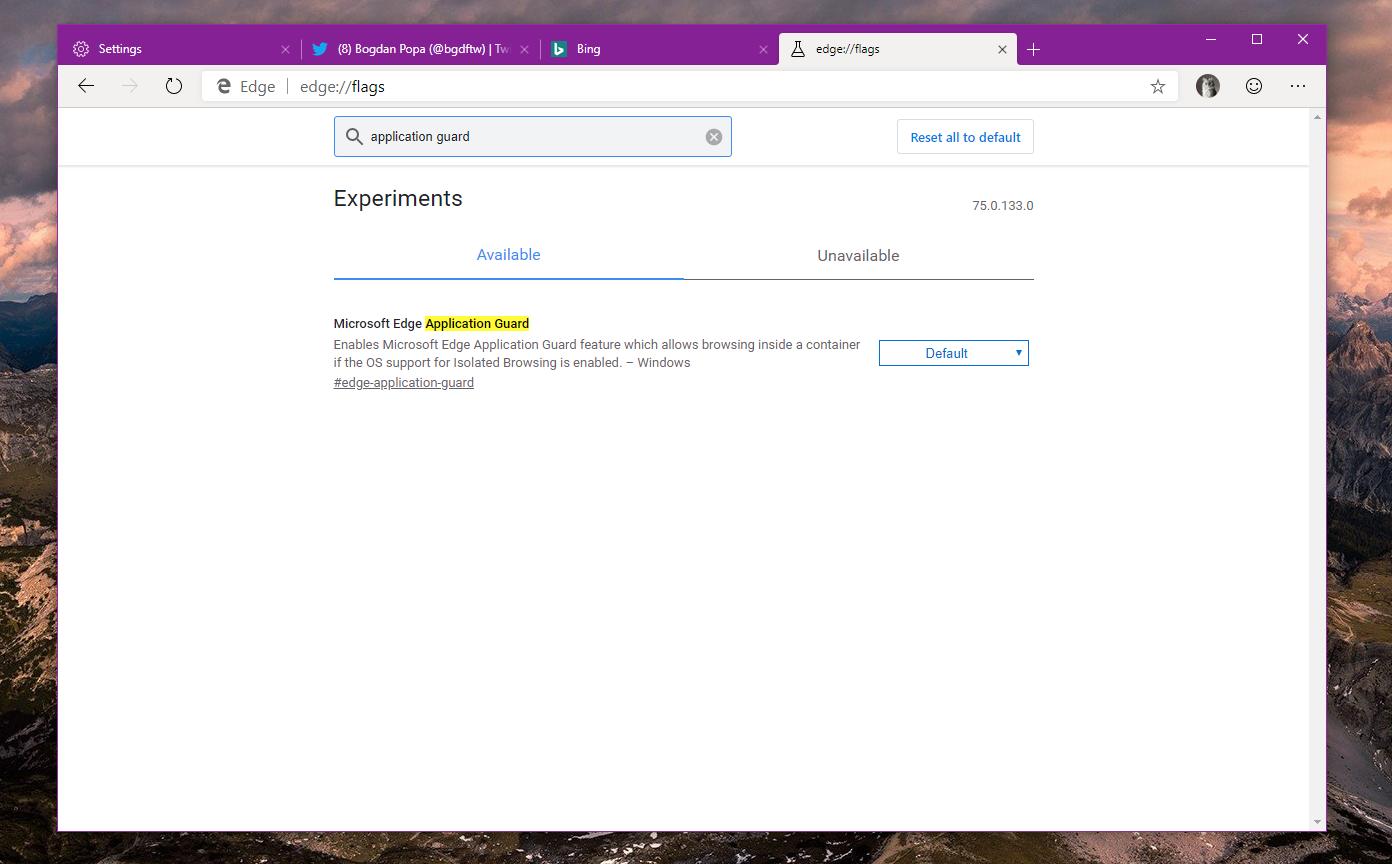

It’s not particularly interesting, but nonetheless could prove useful in implant development. The sandbox is also the underlay for Microsoft Defender Application Guard (WDAG), for dynamic analysis on Hyper-V enabled hosts and can be enabled on any Windows 10 Pro or Enterprise machine. Windows Sandbox allows you to quickly, within 15s, create a disposable Hyper-V based Virtual Machine with all of the qualities a familiar VM would have such as clipboard sharing, mapping directories etc.

I’ve been messing around with it now and then, I will have more on Windows Sandbox coming soon. Feel free to submit a pull request if you have any fingerprinting ideas.

The techniques used to fingerprint WSB are outlined below, in the techniques section. At the tail end of 2019, Microsoft introduced a new feature named Windows Sandbox (WSB for short). The sandbox is used by Windows Defender for dynamic analysis, and commonly manually by security analysts and alike. If you want to configure Windows Sandbox for running a full virtualised environment inside Windows then please read below.Wsb-detect enables you to detect if you are running in Windows Sandbox (“WSB”). This is not Application Guard, but is useful for completeness of the sandbox journey. Note this is not Windows Sandbox, this is Microsoft Defender Application Guard. Application Guard is available in M365 E5 or E5 Mobility + Security. Microsoft Defender Application Guard (name may change) is designed for Applications to run their associated documents in a protected environment. I have to say that there is a lot of sandboxes around, luckily for us there is enough sand to fill them all! Application Guard for Windows Remember there are different types of Sandboxing as well, Attachment and web sandboxing is separate to Application Guard for windows, as is the option within Microsoft Security centre to submit a file for Detonation in a sandbox. Recently I have had to set up Microsoft Application Guard and I have included some links that may assist with your configuration as well.

Sandboxing allows applications / documents etc to run inside their own “virtualised” environment, running an application or document this way ensures that any malicious behaviour is not likely to affect the host computer, more so the running of an application within a sandbox gives security solutions a chance to detect what activity the file tries to initiate and from that generate a score to ascertain whether the file is nasty. Sandboxing with Windows 10 – Microsoft Defender Application Guard, the feature to sandbox suspicious or unknown documents has been in Windows for some time and is very useful in preventing Malware from Office macros and other runtime nasties from being able to infect your machine.


 0 kommentar(er)
0 kommentar(er)
